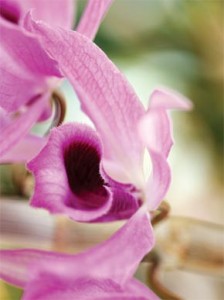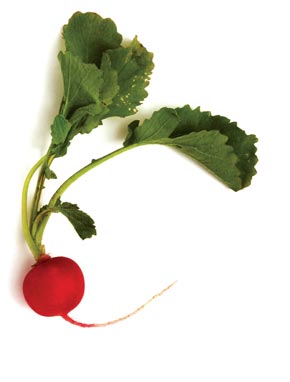 Q. I have a bluish green fungus like growth on the branches of my apricot and plum trees. I’ve made two applications of Copper Sulfate a week apart but I haven’t seen any improvement. Can you recommend a treatment that will cure the trees of this problem?
Q. I have a bluish green fungus like growth on the branches of my apricot and plum trees. I’ve made two applications of Copper Sulfate a week apart but I haven’t seen any improvement. Can you recommend a treatment that will cure the trees of this problem?
A. The bluish/gray green growth is a plant called Lichen. It is quite common to find Lichen growing on trees in the Bay Area, near the coast and inland where there is a strong marine influence. The one to three-inch blue/gray, green patches are not a moss but a unique combination of individual alga and fungus species. The alga is a microscopic green plant that makes food for the duo. The fungus is a bluish/gray structure that gives the pair support along with soaking up moisture from the air. Hence, tree lichens are unable to sustain themselves during dry, warm, conditions. Lichens are able to make their own food with moisture and sunlight. They have no need to parasitize a host plant such as Mistletoe, which will slowly kill a tree over a lengthy period. Lichens grow on the tree surface and do not penetrate any plant tissue. Instead, they make use of the trunk or limbs and branches for support. It is often erroneously thought that the present of the lichens indicates a declining tree. Tree Lichen will not cause any plant diseases nor will it kill a tree. The one exception is in wet tropical regions where it can be a problem. It’s more likely the lichen was there long before the tree became ill. Tree Lichens due make a tree more picturesque. They add color, contrast, texture, and natural beauty. It’s sort of like Spanish Moss that hangs off many of the southern trees. On those overcast, days, the blue/gray green coloration is very attractive against the wet tree branches, and stems. A Copper Sulfate fungicide applied during the cool, wet winter months is ineffective. Instead, it’s recommended to be applied after the rainy season has concluded but it will only control the fungus and not eradicate it. Tree Lichen reappears when the right conditions occur.
Q. We have several Cymbidium Orchids on our deck. I would like to divide and repot them, as they’re difficult to water. Why have I been advised not to divide them?
A. Dividing and repotting Cymbidium Orchids affects the blooming cycle. They love to be crowded. The production of flower spikes is maximized when there is little room to grow; hence, there is little incentive to divide the plants. Orchids can be repotted every two to three years, as the orchid soil mix will decompose. They can be repotted in the same container with new soil or in a larger pot; however, a larger container will delay the flowering cycle. You should shake off what is left of the old soil, once the container has been removed and then repots with one of the commercial orchid soil mix widely available. The recommended time to repot or divide Cymbidium Orchids is after flowering.
Buzz Bertolero is Executive Vice President of Navlet’s Garden Centers and a California Certified Nursery Professional. His web address is www.dirtgardener.com and you can send quedirtgarden@aol.com or to 360 Civic Drive Ste. ‘D’, Pleasant Hill, Calif. 94523


